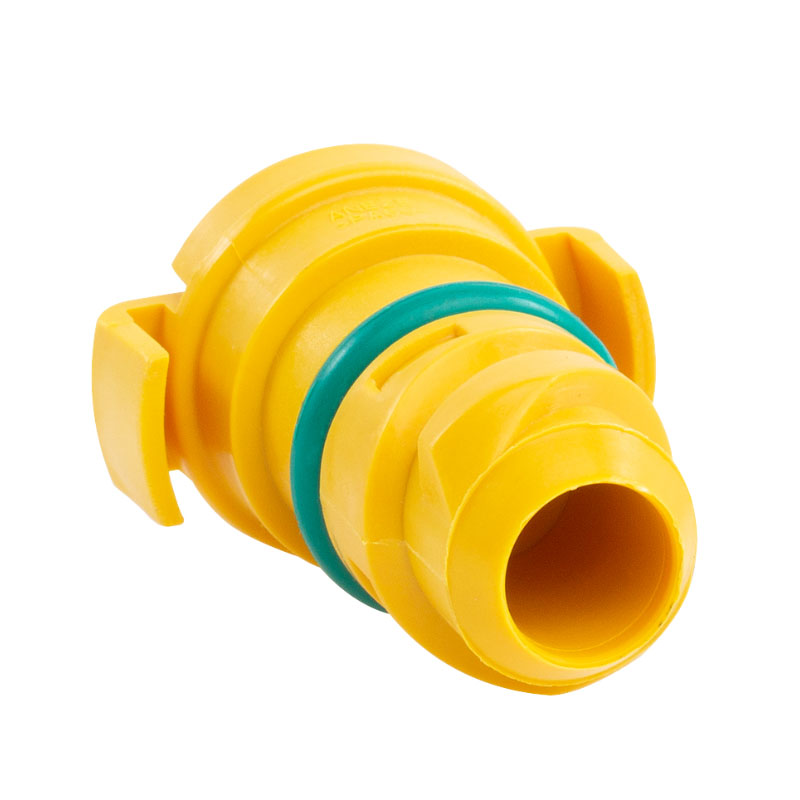Automatic Transmission Extension Housing Seal Replacement Guide and Tips for Maintenance
Understanding the Importance of Automatic Transmission Extension Housing Seal
Automatic transmission systems are complex assemblies that transfer power from the engine to the wheels of a vehicle. One critical component of this system is the extension housing seal, which plays a vital role in ensuring the efficient operation and longevity of the transmission. This article explores the function of the transmission extension housing seal and its importance in automotive engineering.
What is an Extension Housing Seal?
The extension housing seal is located at the rear of the automatic transmission, situated between the transmission case and the extension housing. Its primary purpose is to prevent the transmission fluid from leaking out and to keep contaminants from entering the system. This seal is usually made of rubber or similar materials that can withstand the high temperatures and pressures associated with transmission operations.
Functions of the Extension Housing Seal
1. Leak Prevention The foremost function of the extension housing seal is to prevent transmission fluid leakage. Transmission fluid is essential for lubricating the various components of the transmission, and any loss of this fluid can lead to operational failures. Leaks can result in low fluid levels, causing overheating and potential damage to the transmission.
2. Contaminant Protection In addition to keeping fluid contained, the seal also protects the internal components of the transmission from dirt, dust, and other contaminants. This is crucial for maintaining the overall health of the transmission system, as any foreign materials can cause wear and tear on gears and bearings.
3. Maintaining Pressure The extension housing seal plays a role in maintaining the hydraulic pressure necessary for the proper functioning of the automatic transmission. A compromised seal can lead to pressure drops, resulting in suboptimal shifting performance and increased wear on transmission components.
automatic transmission extension housing seal

Signs of a Failing Extension Housing Seal
Over time, the extension housing seal may wear out due to prolonged exposure to heat and pressure. Some common signs that the seal may be failing include
- Transmission fluid stains or puddles under the vehicle. - Unusual noises during shifting, indicating low fluid levels. - Erratic shifting patterns or slipping gears. If these symptoms are observed, it’s imperative to have the vehicle inspected by a professional technician.
Replacement and Maintenance
Replacing a worn or damaged extension housing seal is a crucial maintenance task that should not be overlooked. The replacement process generally involves draining the transmission fluid, removing the extension housing, and installing a new seal before reassembling the housing. Regular maintenance checks can help identify seal wear early, potentially saving vehicle owners from costly repairs.
Conclusion
The automatic transmission extension housing seal, while often overlooked, is an essential component that contributes significantly to the overall effectiveness and lifespan of the transmission system. Understanding its functions and recognizing the signs of wear can help vehicle owners maintain their transmissions more effectively, ensuring smooth operation and longevity. Regular maintenance and timely replacement of the extension housing seal will contribute to the overall health of the vehicle’s drivetrain, leading to fewer complications and a more reliable driving experience.
-
Understanding Automotive Oil Seals: Essential Components for Engine and Shaft Protection
News Jul.30,2025
-
The Importance of Heavy Duty Seals in Industrial and Residential Applications
News Jul.30,2025
-
Exploring Industrial Oil Seals: From Felt Oil Seals to TTO and CFW Solutions
News Jul.30,2025
-
Essential Guide to Oil Seals: From Radial to Metal-Cased Seals for Industrial Reliability
News Jul.30,2025
-
Choosing the Right Oil Seals and Gaskets for Industrial and Automotive Applications
News Jul.30,2025
-
Cassette Seals: Durable Sealing Solutions for Harsh Environments
News Jul.30,2025
-
Understanding the Front Main Engine Seal: Purpose, Maintenance, and Installation
News Jul.29,2025
Products categories















